The Nature of Hope: A Live Interview with the Family of Little Erin
Workshop Presentation From the 2010 SOFT Conference in Sioux Falls
Presenter: Dr. Lawrence Fenton, M.D
Dr. Fenton emphasized that each patient is ill in his or her own way.
Physicians and others must remember that underneath the joyous times is bereavement, loss, and grief that does not quit. Loss is forever. There are actions and approaches that can help parents in their time of loss and will help as they live without their child.
Dignity
It is important for patients to have dignity. If it looks as if a baby is not doing well and cannot survive longer in utero, then early delivery is suggested. In one of his cases he delivered a baby at 36 weeks, and the newborn lived for 47 minutes. Later, the parents wanted the physician to hold the baby who had died earlier, explaining that this gave their child dignity. That simple act of cradling a newborn who had died was immensely important.
Palliative Care
Palliative care is active total care if the patient’s disease is not responsive to curative treatment. It is specialized care at the end of life. The patient must be treated body and soul. The goal near the end of life is “the achievement of the best quality of life for patients and their families” (WHO, 1990). In the case of a newborn, it is important to prevent pain and suffering for the infant and relieve as much as possible the suffering of the family. Both must be considered in the treatment plan.
There are different approaches to care. One is to treat no matter what the illness or disability. Everything is tried. There is also the mutually exclusive model in which there is a curative care phase and a palliative care phase with no overlapping. In another model there is a rectangle bisected diagonally with curative care above and palliative care below with decrease in curative care accompanied by an increase in palliative care.
There is also a more complicated model with diagnosis at one point and death at another. Above it is cure seeking care which is time limited, life extending care which lasts longer, comfort and quality of life maximizing care which is the longest and family support and care which parallels patient care. These aspects of care give way in time to perideath care for the patient and bereavement care for the family, which begins in anticipation of death and extends beyond the death. It is essential that family care extend into the bereavement phase.
There is no word for a parent who has lost a child
Dr. Fenton reminded us that there was no word for a  parent who had lost a child, although there are words for those who have lost spouses. The language does not have a word, because it is the worst of situations. No one wants to describe it. The lack of language is recognition that it is the worst pain ever, pain that does not stop. Parents never get over losing a child. They think of the child every day. The pain becomes bearable in time but does not go away. It can be as fresh today as the day the child dies. The age of the child does not matter.
parent who had lost a child, although there are words for those who have lost spouses. The language does not have a word, because it is the worst of situations. No one wants to describe it. The lack of language is recognition that it is the worst pain ever, pain that does not stop. Parents never get over losing a child. They think of the child every day. The pain becomes bearable in time but does not go away. It can be as fresh today as the day the child dies. The age of the child does not matter.
Hope
Hope is a vague notion. It is belief in a positive outcome related to events and circumstances in one’s life. It is the feeling that what is wanted can be had, that events will turn out for the best.
Hope theory is that people are more hopeful if they anchor future thinking to specific goals. They plan ways to achieve the goals they set. They need to believe they have the capacity to achieve their goals. They find ways to achieve the new specific goals. The parent understands the child is dying. The goal becomes to take the child home to die. Hospice care is seen as a way of achieving that goal. Hope is redefined.
The physician must ask important questions in his discussions with the parents. What would be the most meaningful thing for you now? Together they decide how to do that. This gives some measure of control back to the parents. There are no judgments being made, just a firm anchor provided. The physician affirms the value of the goal and they work creatively to achieve the goal.
Conversations with all Family Members
It is important to have conversations with all family members. It is important to meet with surviving siblings and let them express how they feel. It is also important to meet with all members in a family in which a child has a disability.
What followed was first a discussion with all family members of Karah Thompson who has trisomy 18. Individuals expressed their feelings for her and difficulties in certain situations with people who were not accepting.
Next, the Jorgenson’s talked about remembering Erin. Dr. Fenton emphasized how much Erin has stayed part of the lives of each family member. Even Ashlyn who was only three when Erin died remembers her and is still emotional talking about her. Each family member has a special bond, unique concerns, and different ways of honoring Erin.
Seeing Dr. Fenton work live with SOFT families both illustrated physician care at its best but also underscored the need for guided ongoing dialogue for families.
Dr. Fenton acknowledge his good fortune in knowing his patients and their families, in having opportunities such as meeting so many SOFT children at the conference and in learning from those who are disabled or ill. He presented with the compassion, sensitivity, enthusiasm, humility and expertise we value and seek in those caring for our children and ourselves. His contribution to the conference was greatly appreciated.
See the companion article in the American Journal of Medical Genetics, by Dr Fenton.
Dr. Lawrence Fenton is a specialist in Pediatrics and Pediatric Palliative Care. He is board certified in neonatology-perinatal medicine and pediatrics and is professor emeritus, Department of Pediatrics, Sanford School of Medicine of the University of South Dakota. In retirement he has turned to pediatric palliative care.



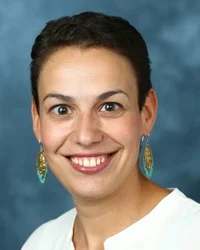
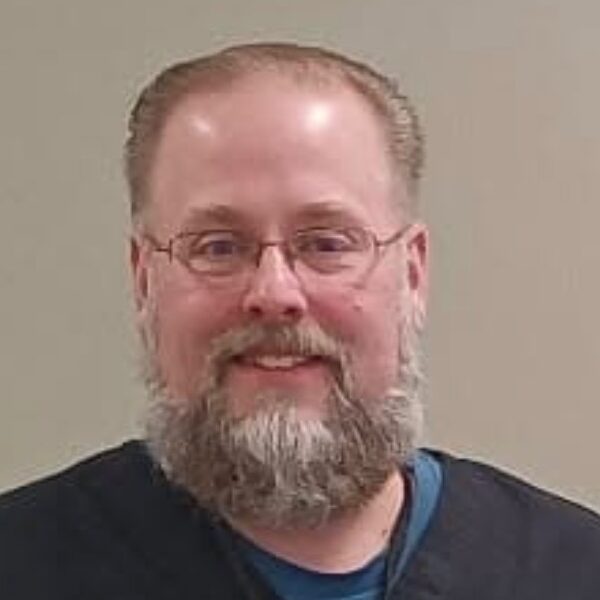

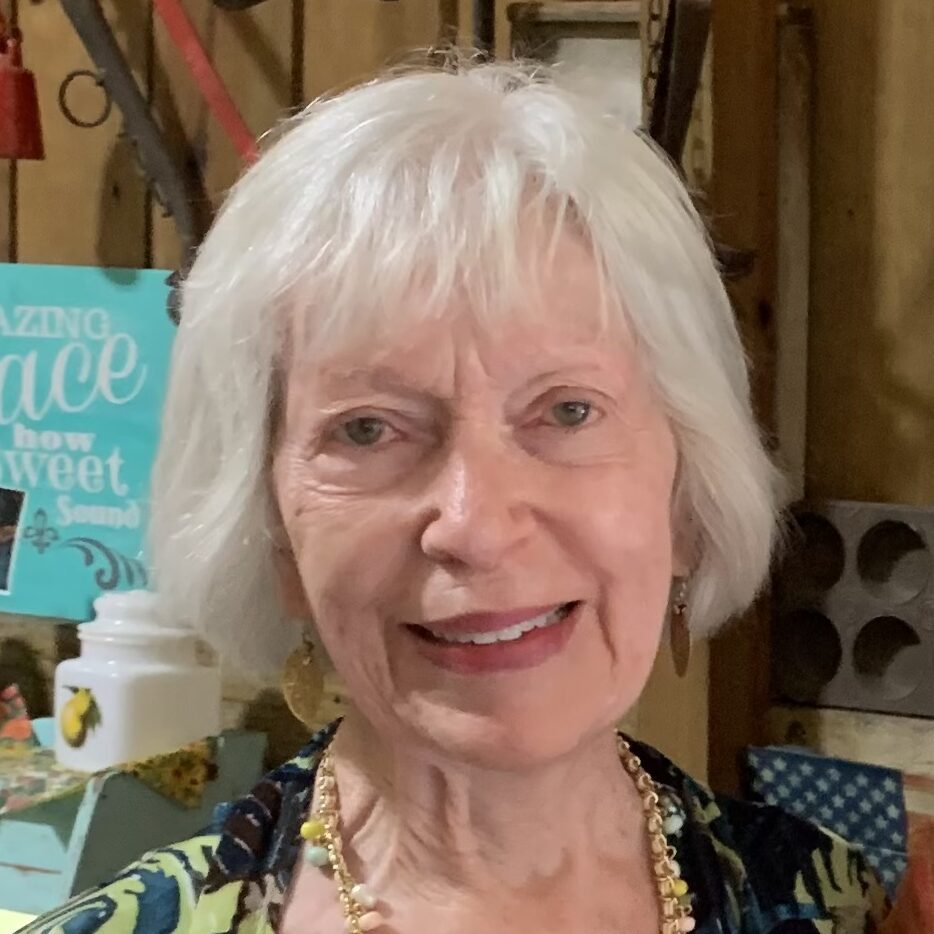

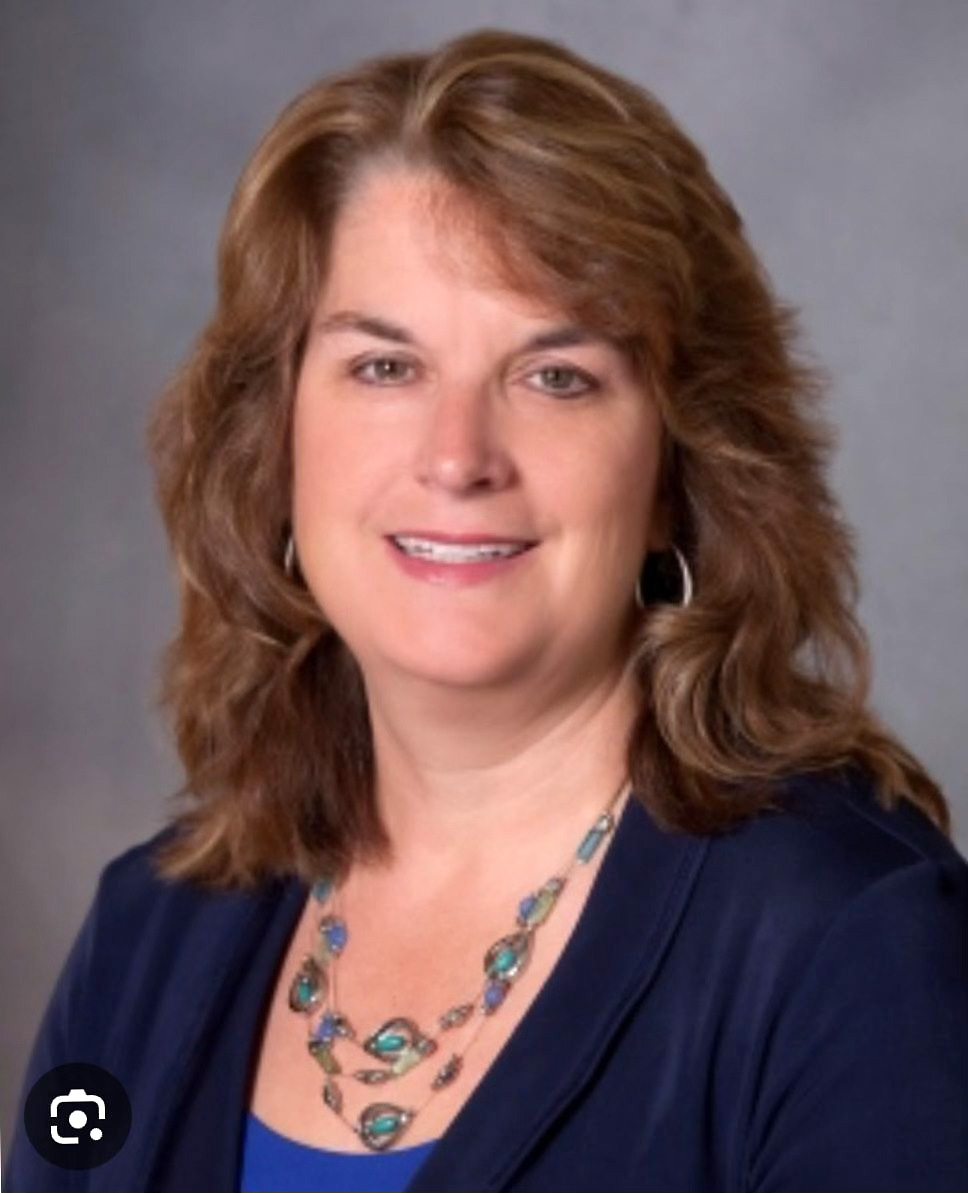
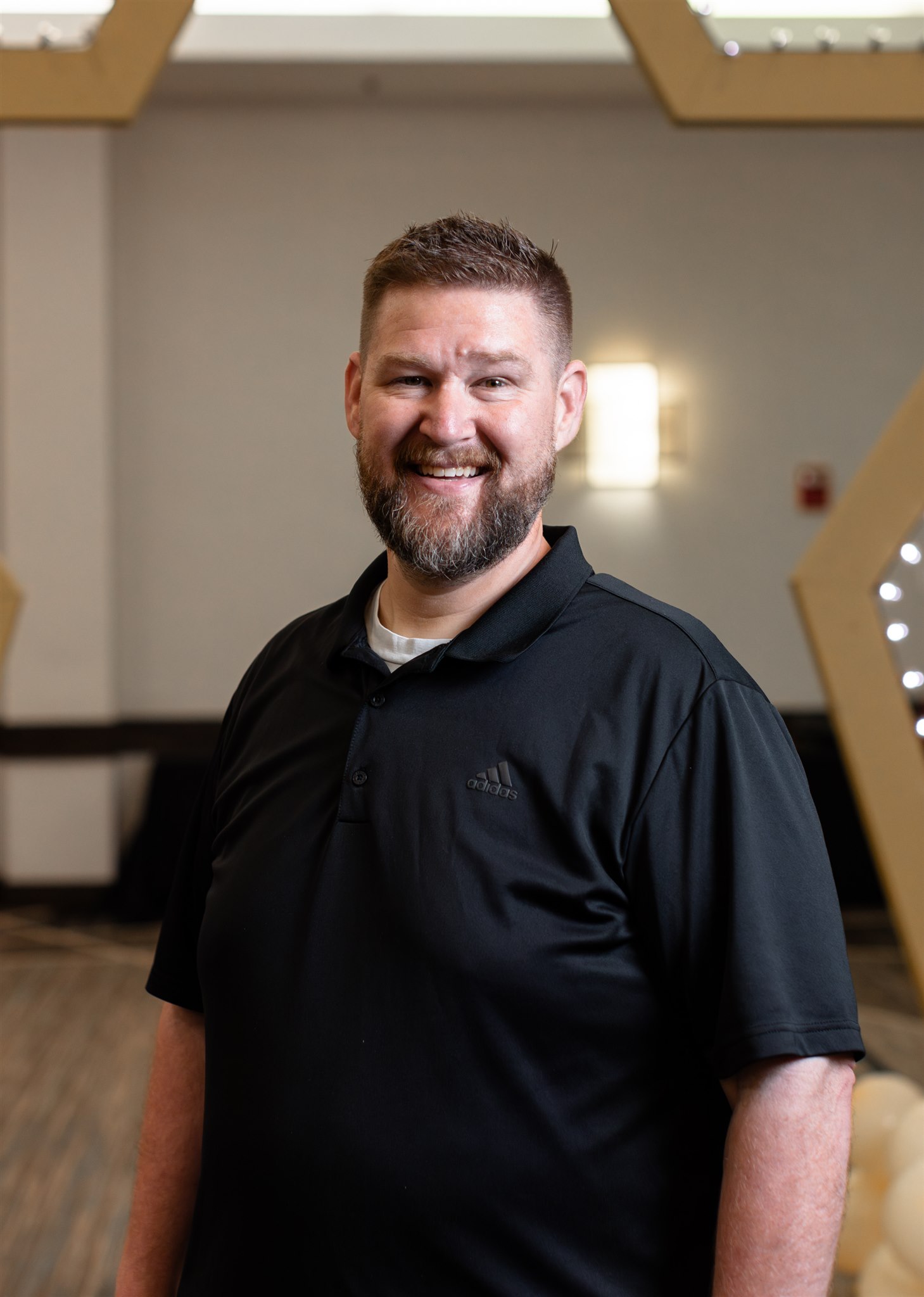
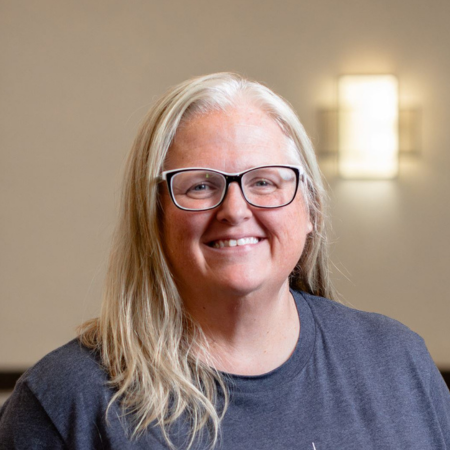

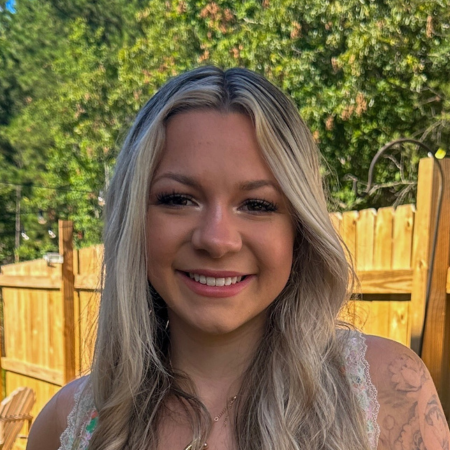
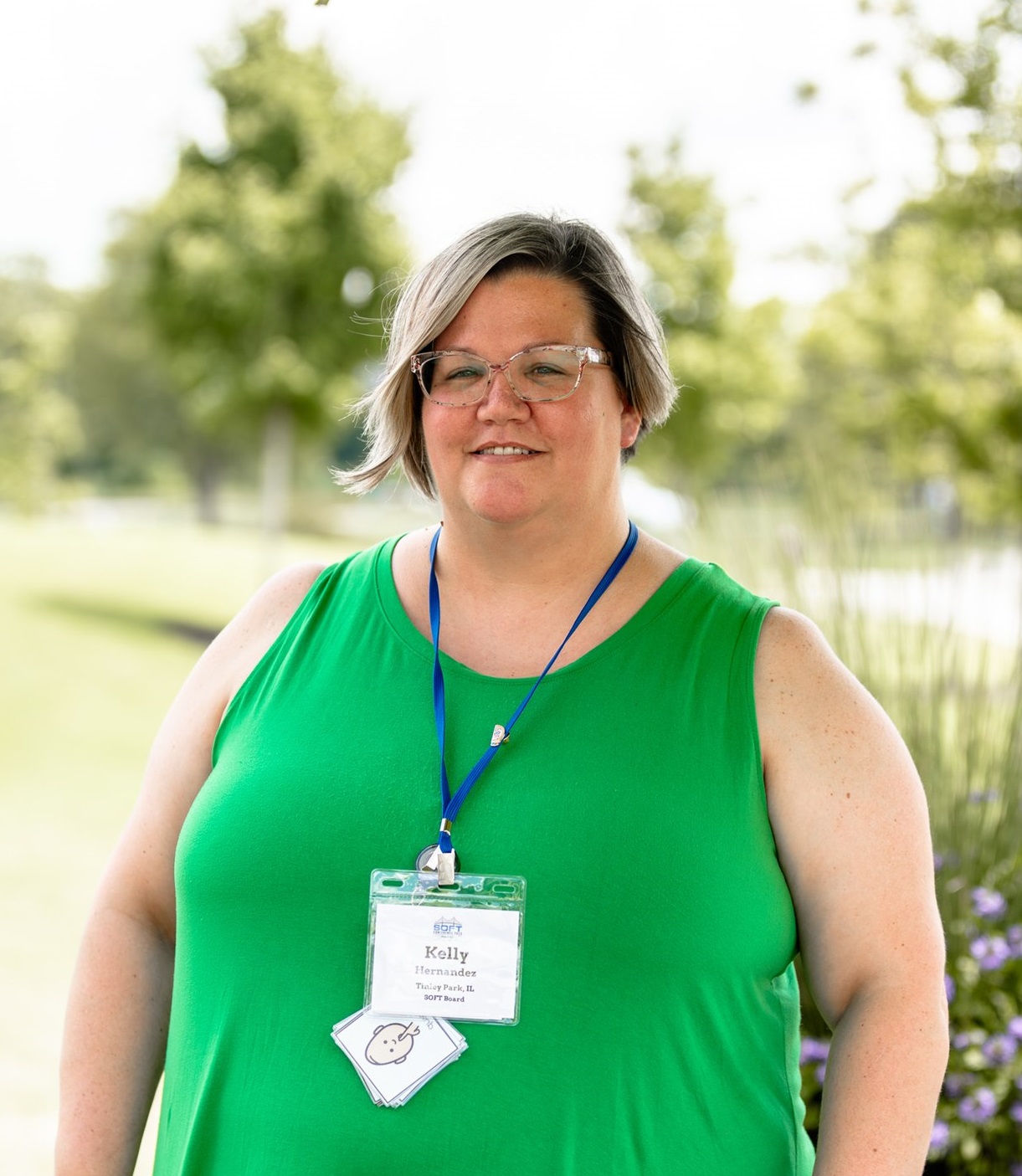
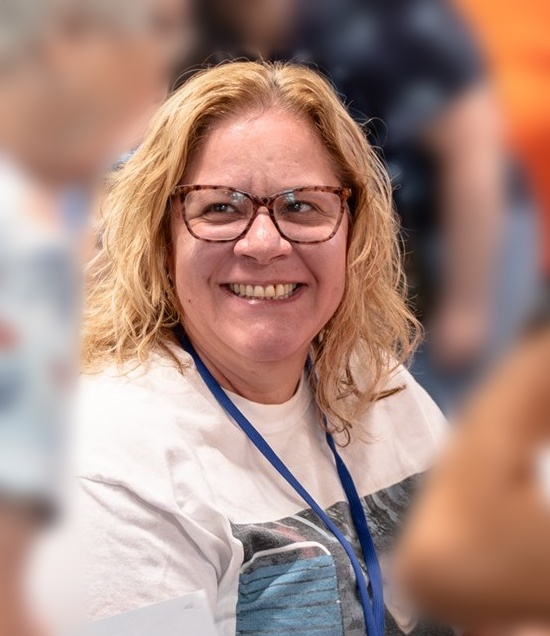
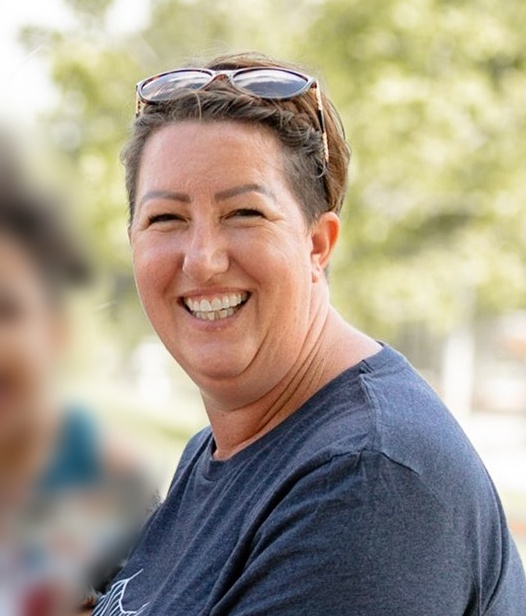
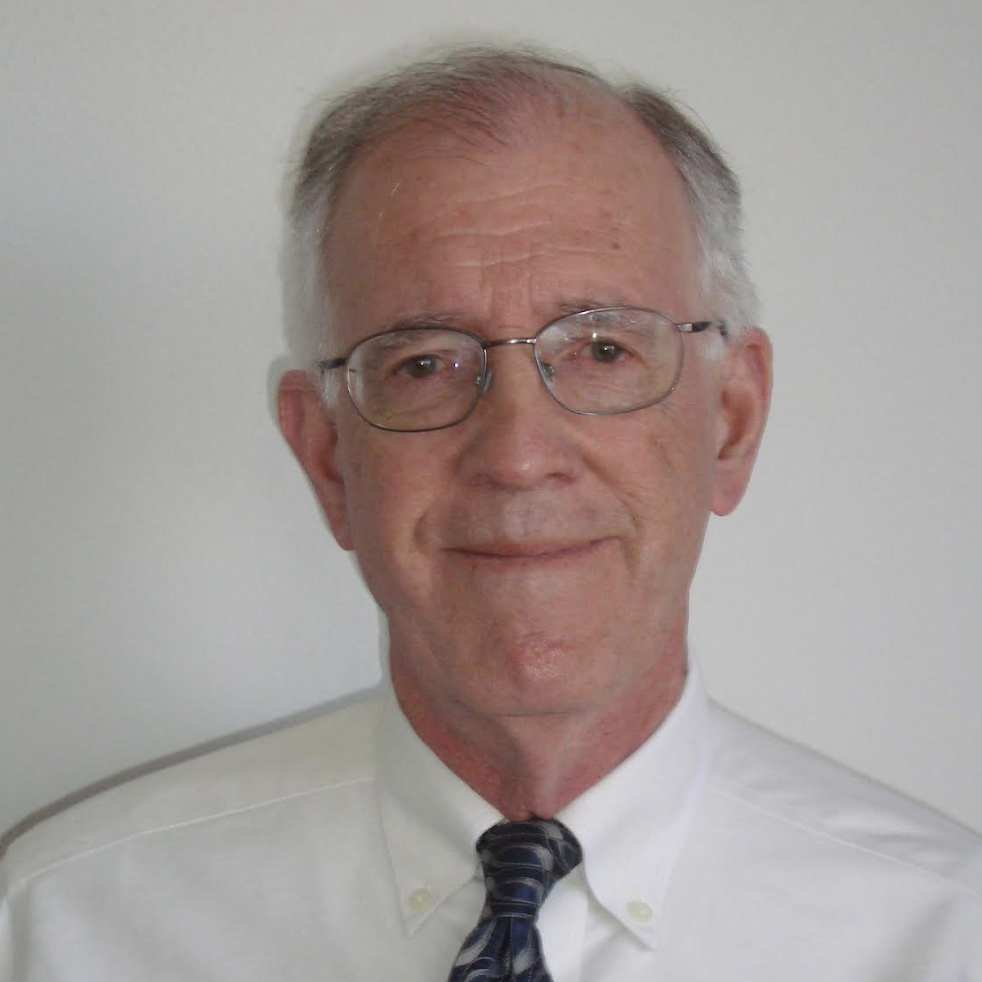
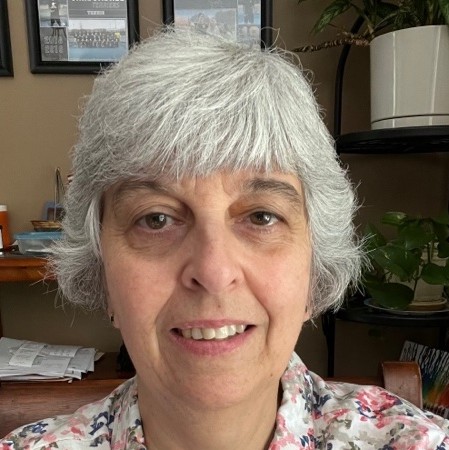
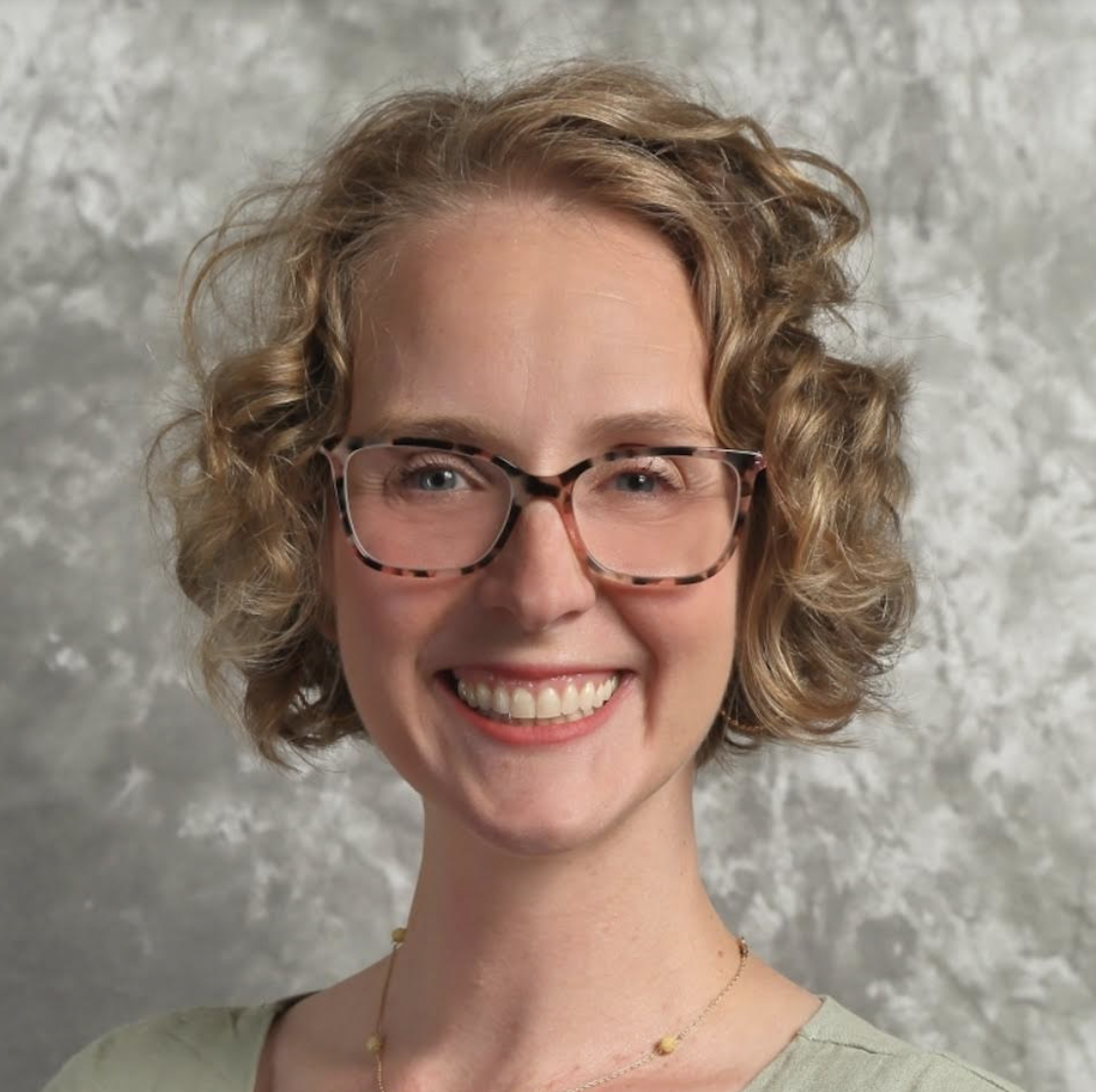
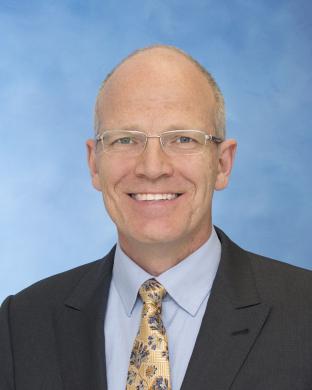
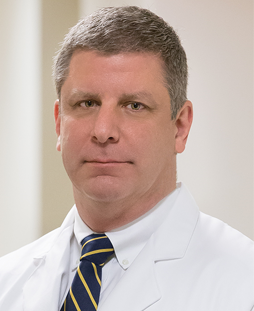
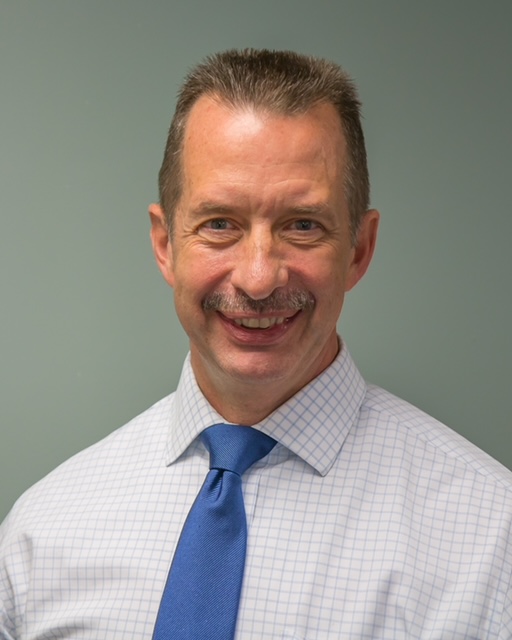
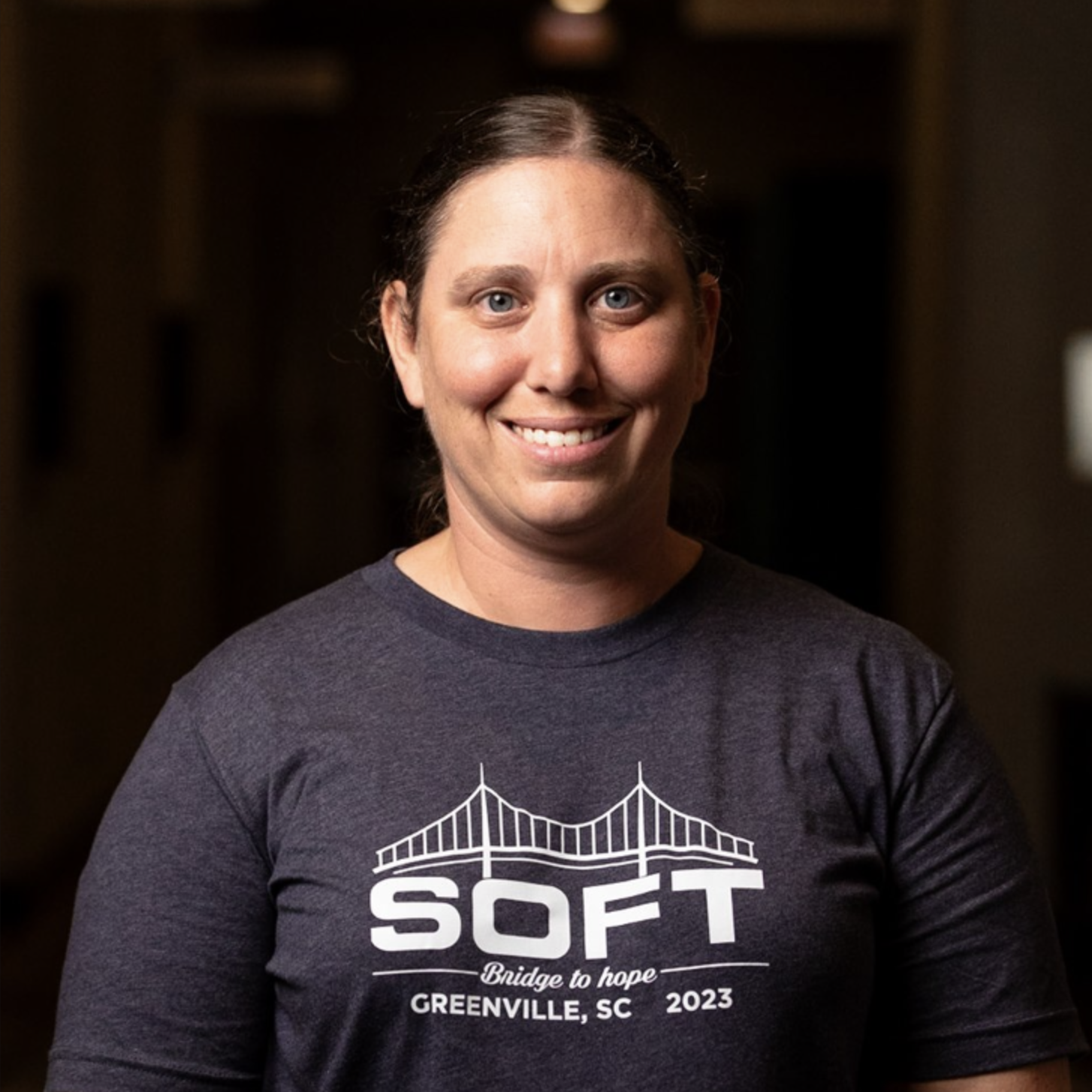

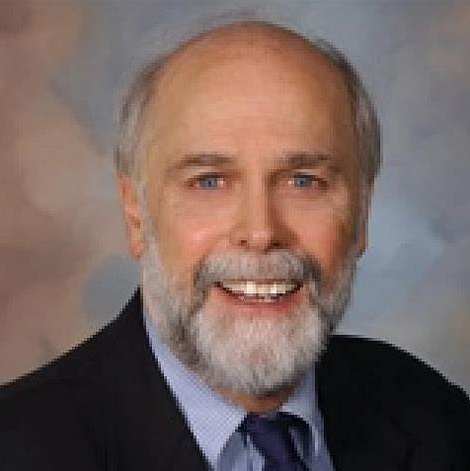

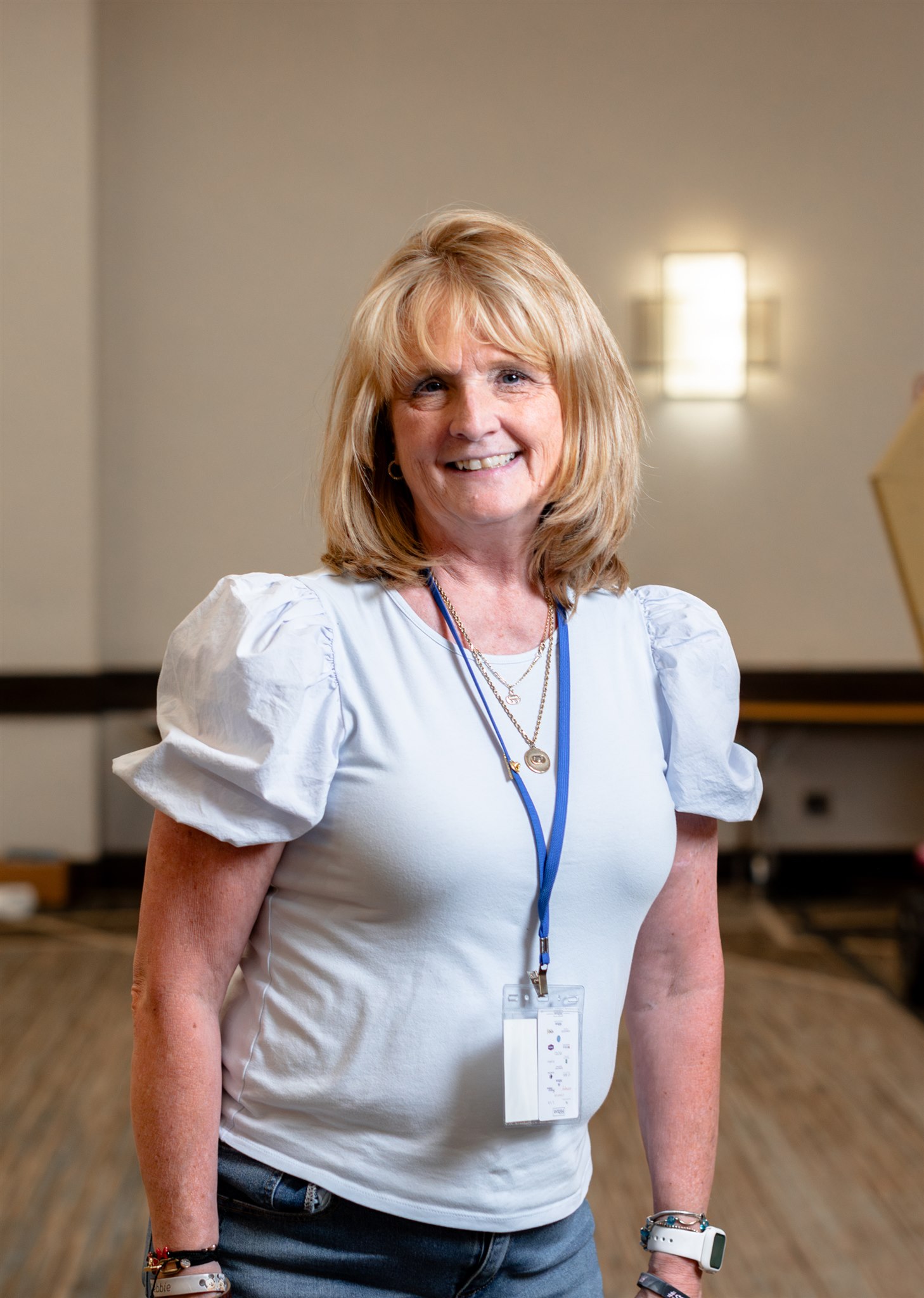
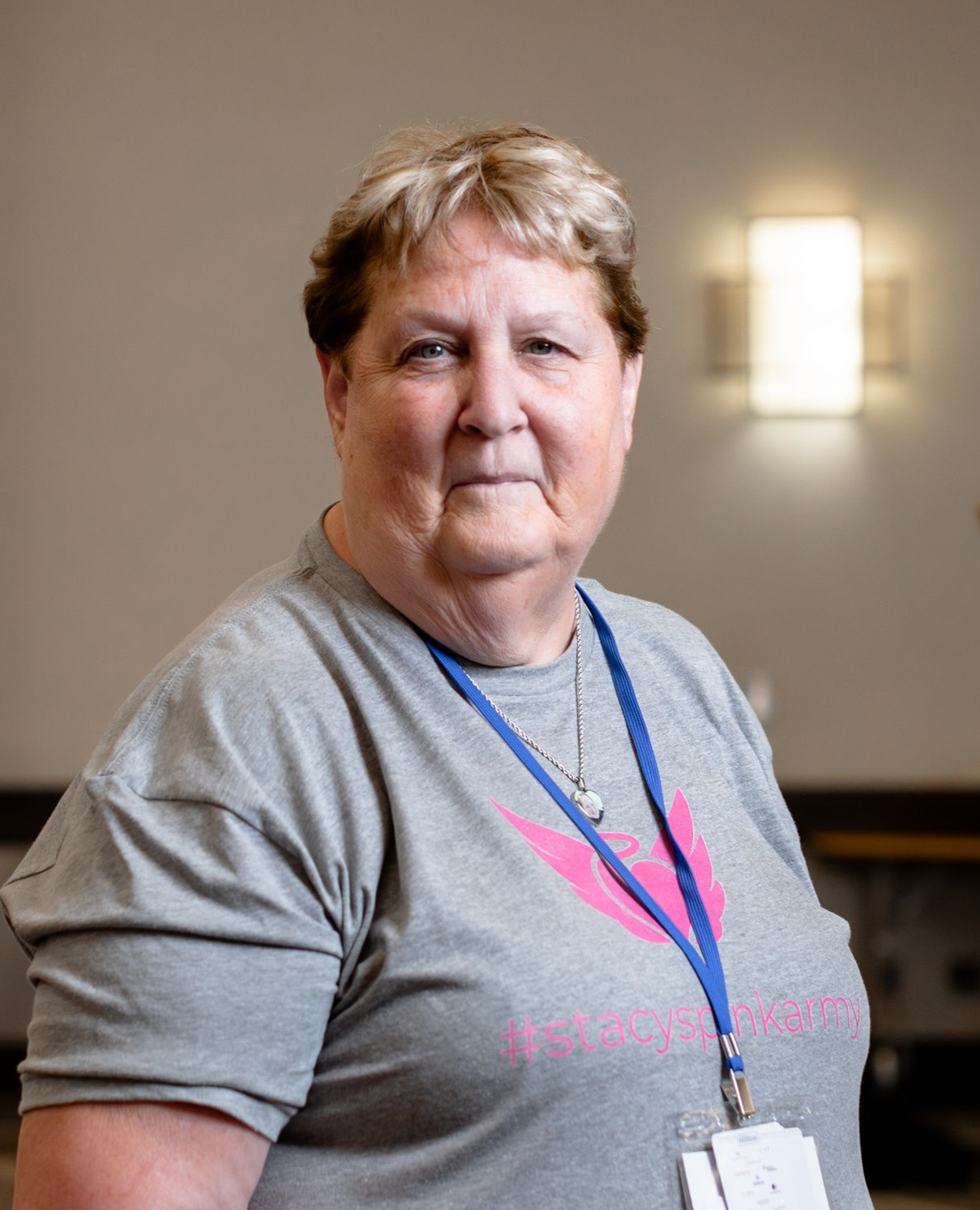
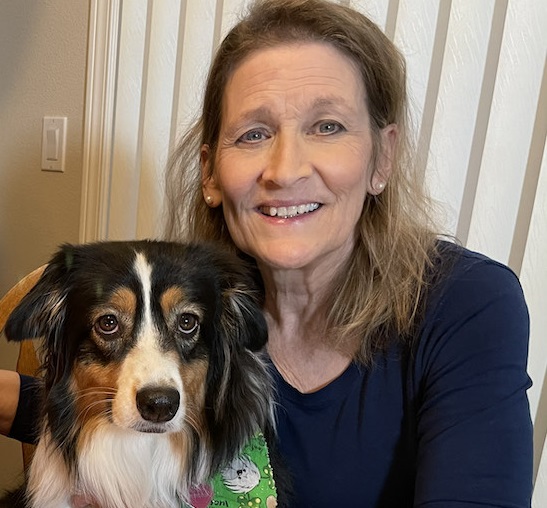
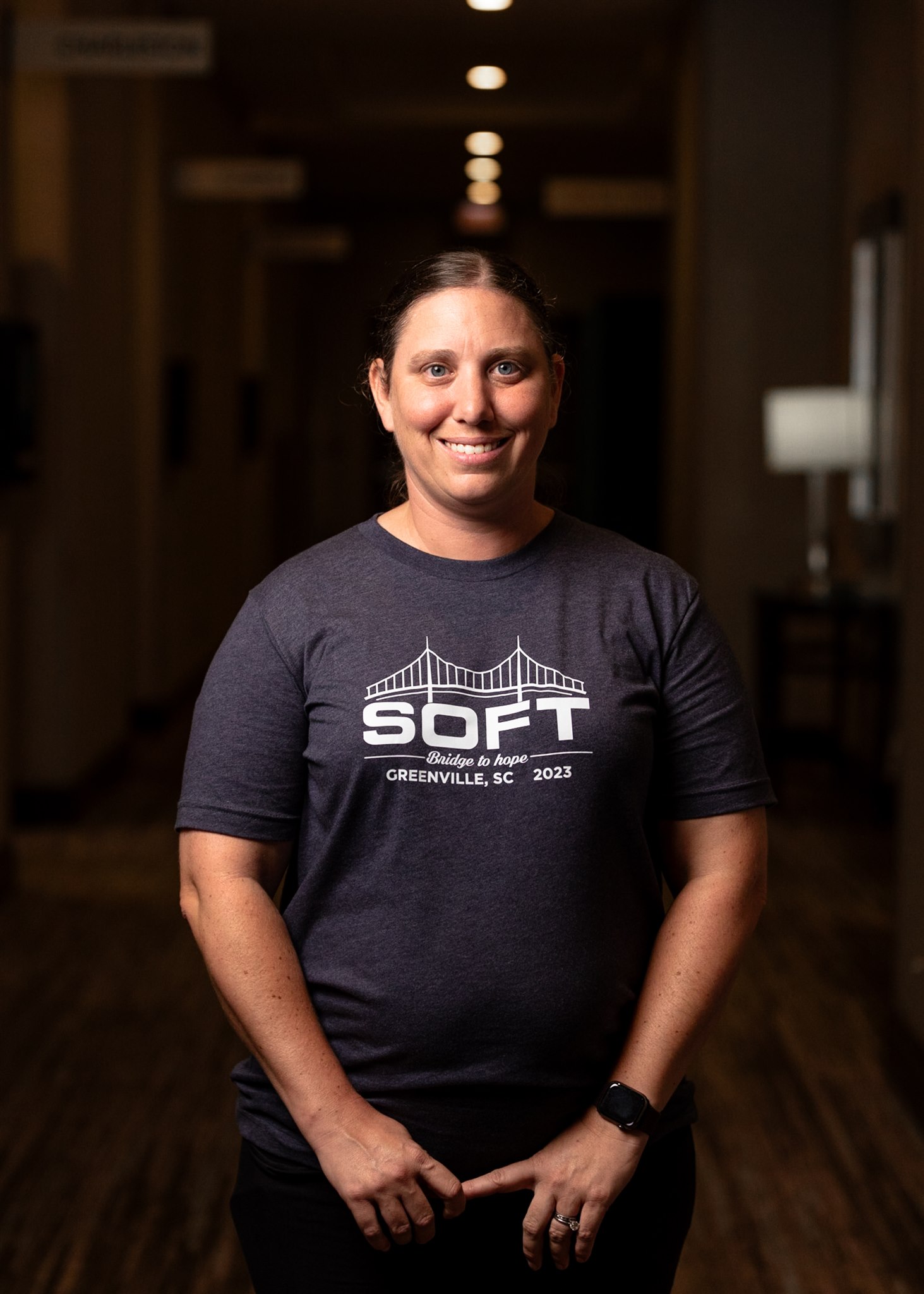
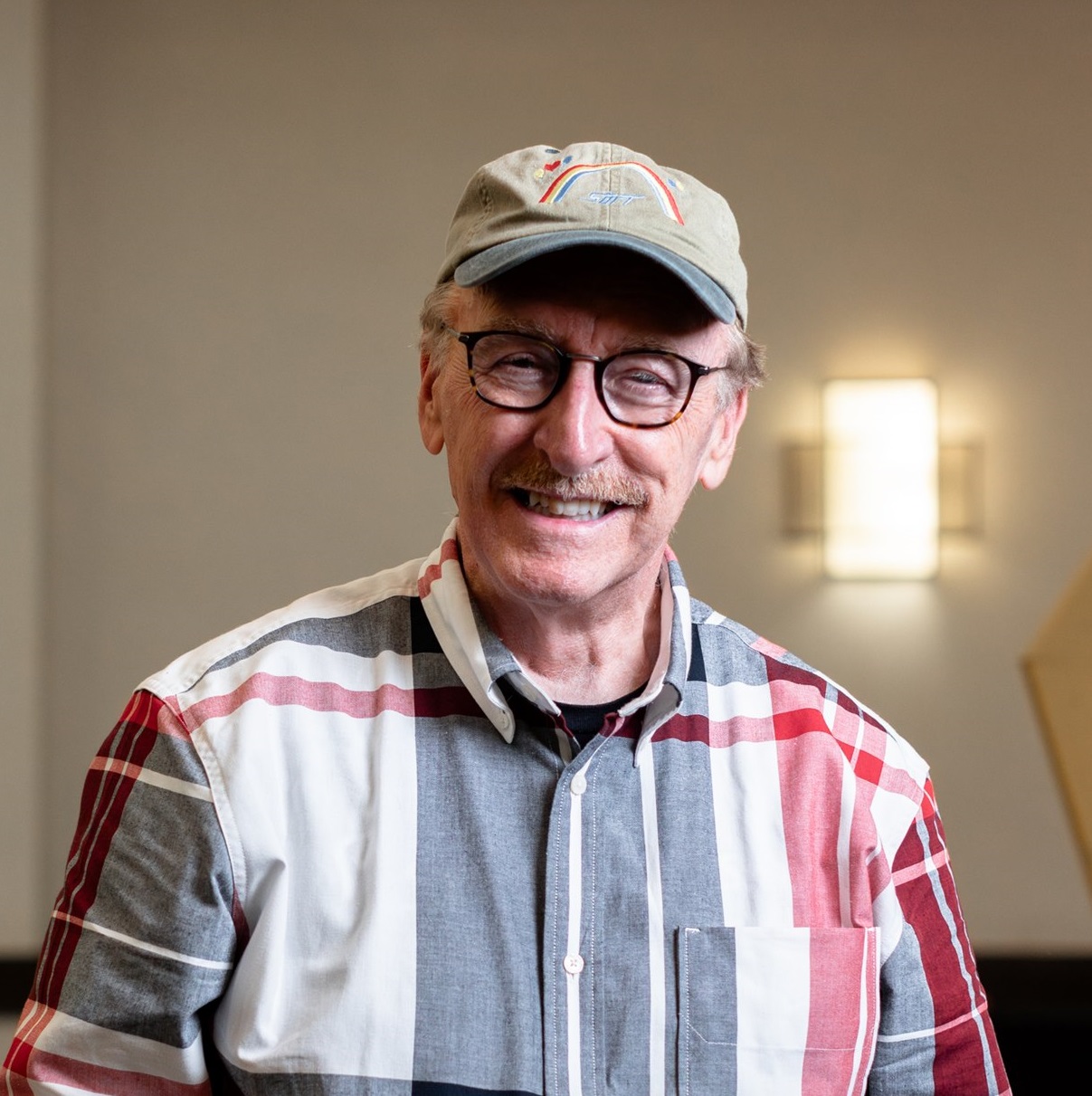
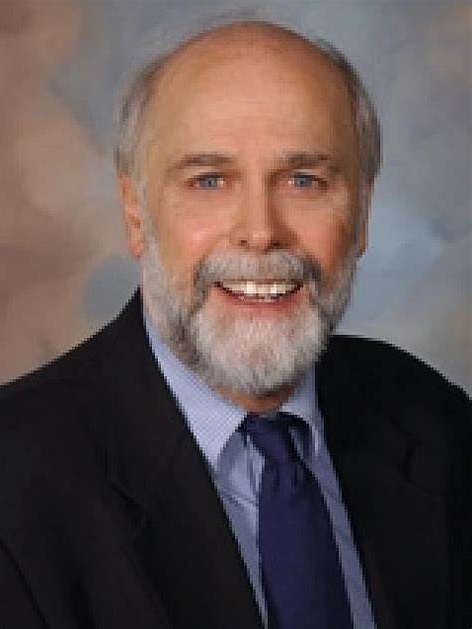
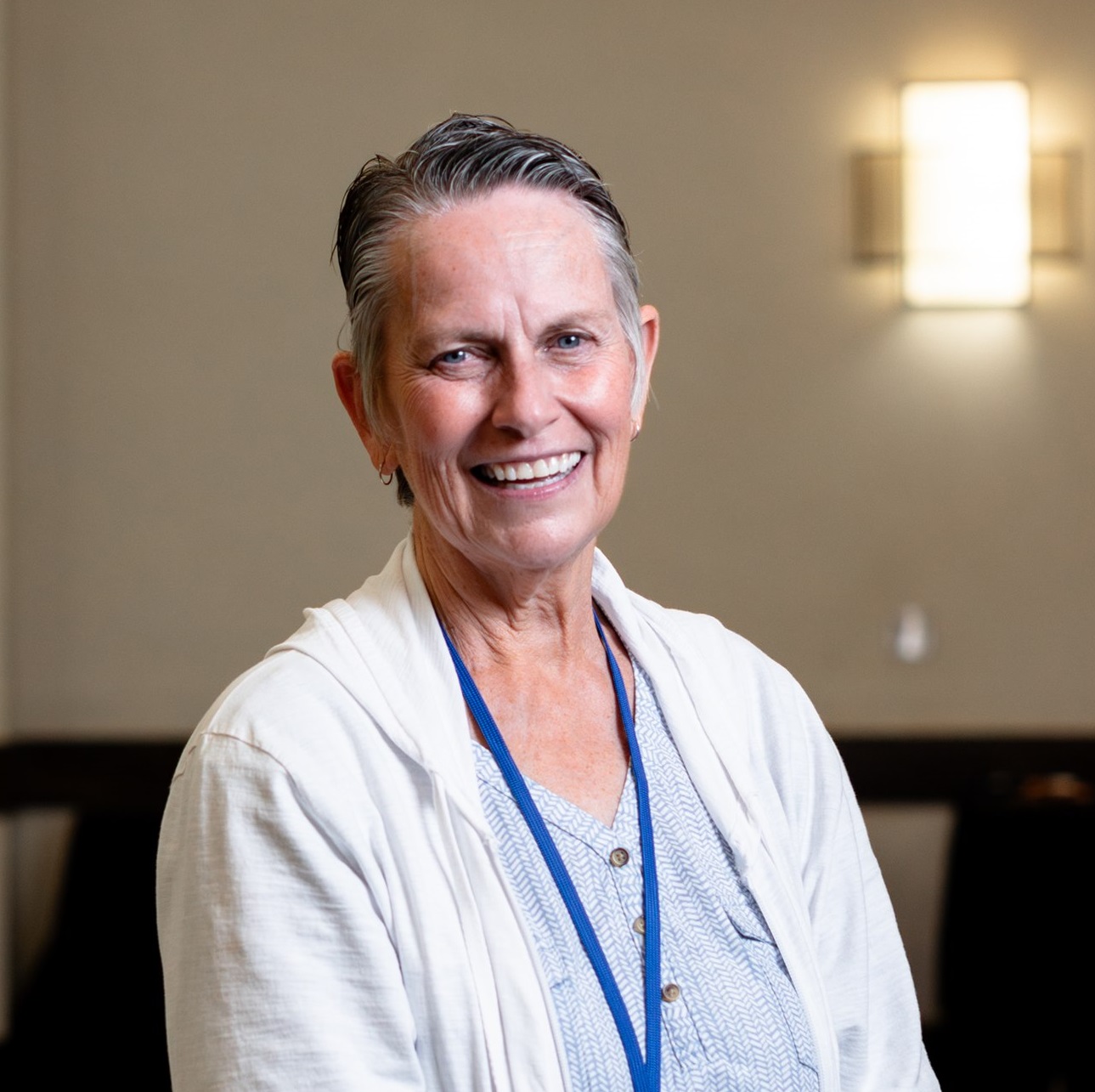

Recent Comments